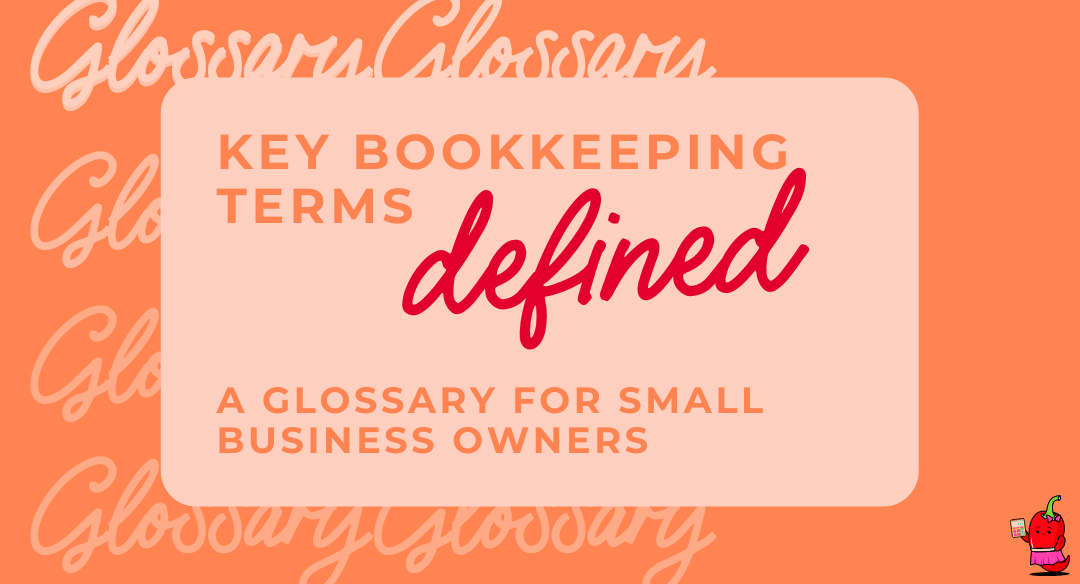A lot of small business owners I speak with choose to go out on their own because of the lifestyle it affords them, and the opportunities they have to work on projects that truly bring them joy.
This is a growing trend too, with of course the Great Resignation becoming very real, and stats from reports like Deloitte’s Women @ Work 2022: A Global Outlook highlight this. It found that 57% of women rate their motivation at work as poor, and 58% feel excluded from meetings and interactions as a result of hybrid working.
People seek fair treatment and a better balance, and that doesn’t always mean office perks like ping pong tables and Friday drinks.
One of the key things they don’t consider, though, is that it’s important to have at least some understanding of their finances, including what they need to do to achieve their growth goals, how they’ll get there, and their obligations as a small business owner, and eventually even an employer.
So I’ve put some of the key bookkeeping and numbers related terms you should aim to familiarise yourself with below, especially when it comes to things like tax time (which is just around the corner – the end of the financial year is the 30th June, and your returns are due on 31 October, or May 2023 if you’re using a tax agent). They are super relevant, no matter what stage your business is at!
The balance sheet or ‘holy grail’
The balance sheet is one of the most important documents for your business, because it outlines your financial position at any given time. If you do regular bookkeeping (or outsource this task), you’ll produce or receive this at the end of each month.
It accounts for the monetary value of your assets, which relates to things like equipment you own to run the business, office space you’ve purchased, or even copyrights. It’s essentially anything that can be converted into cash.
The balance sheet also includes your liabilities, or anything the business owes, such as mortgages, wages, superannuation, GST, tax, and unpaid supplier invoices.
Finally, another key one to know is shareholder’s equity. This is a calculation of your assets minus your liabilities, and provides a clear snapshot of how much cash (including if you sell your assets) the business actually has.
Setting goals with a small business budget
Creating a budget for your business is a must, because by considering how much you have to invest in the business, how you’ll invest it – for example – in things like equipment, rent and employees, and then documenting it will help you prevent any overspending.
Depending on the nature of your business, it’s recommended the budget is created either annually, every six months, or quarterly, broken down by month, and features categories for those examples of spending I mentioned above.
Keeping on track with a cash flow forecast
The cash flow forecast is linked to your budget in that it includes all of the elements you’ve included in it, however it’s updated on a regular basis – ideally you’ll input data into it weekly, and cloud-based software is the best way to go here.
It shows you how you’re actually tracking against your budget, so you can see if you’re overspending and need to reign things in, or underspending and can allocate funds to other areas of your business. Our free 12-week cash flow planner is a great place to get started on this journey!
Getting a birds eye view of your profits and losses via the P&L
This is another key document to keep tabs on and update often – monthly is ideal. The P&L provides an overview of your company’s revenues, cost of sales and overheads over the period, and is an important one as again it shows how your business is actually performing, and allows you to identify any hidden costs that are adding up.
Just to be clear too, revenues relate to the money you’ve generated over the period, your cost of sales or cost of goods sold (COGS), refers to the costs you’ve incurred to provide your products or services, and then overheads are the things you pay for to operate the business.
Essentially your P&L should include everything, and can be categorised in a similar way to your budget. Key ones that relate to most businesses are accounting and bookkeeping, insurance, meals and entertainment, rent, utilities, equipment, wages, travel and subscriptions.
Your must know tax terms and obligations
Now unlike when you’re an employee and your employer withholds tax from your pay, as a small business owner you receive payments from clients and customers in full.
This means it’s super important to put tax aside on at least a monthly basis, instead of spending it. This will ensure that when it comes to the end of the financial year, you’ll have the cash in the bank to pay your bill.
It’s also important to be aware of your obligations around GST. If you earn over $75,000 in a year you need to register for GST, and keep it in mind when setting your pricing.
This 10% tax applies to both products and services, however product-based businesses will often include this in their gross price, meanwhile for services, it tends to be included as an additional 10% on top of your fees. Either way is suitable for your business, just as long as you’re charging 10% in addition to your prices.
Again, it’s important to remember that this isn’t money for you to spend, as it needs to be paid to the ATO each quarter, by submitting a business activity statement (BAS).
To summarise…
Try not to feel overwhelmed! We’ve covered quite a bit here, however these are all important terms and documents to be aware of if you’re planning on launching, or are already running a small business.
We live and breathe this stuff, and are here to help. So if you’d like to chat through any of this, why not book a complimentary call in with me here.


0 Comments